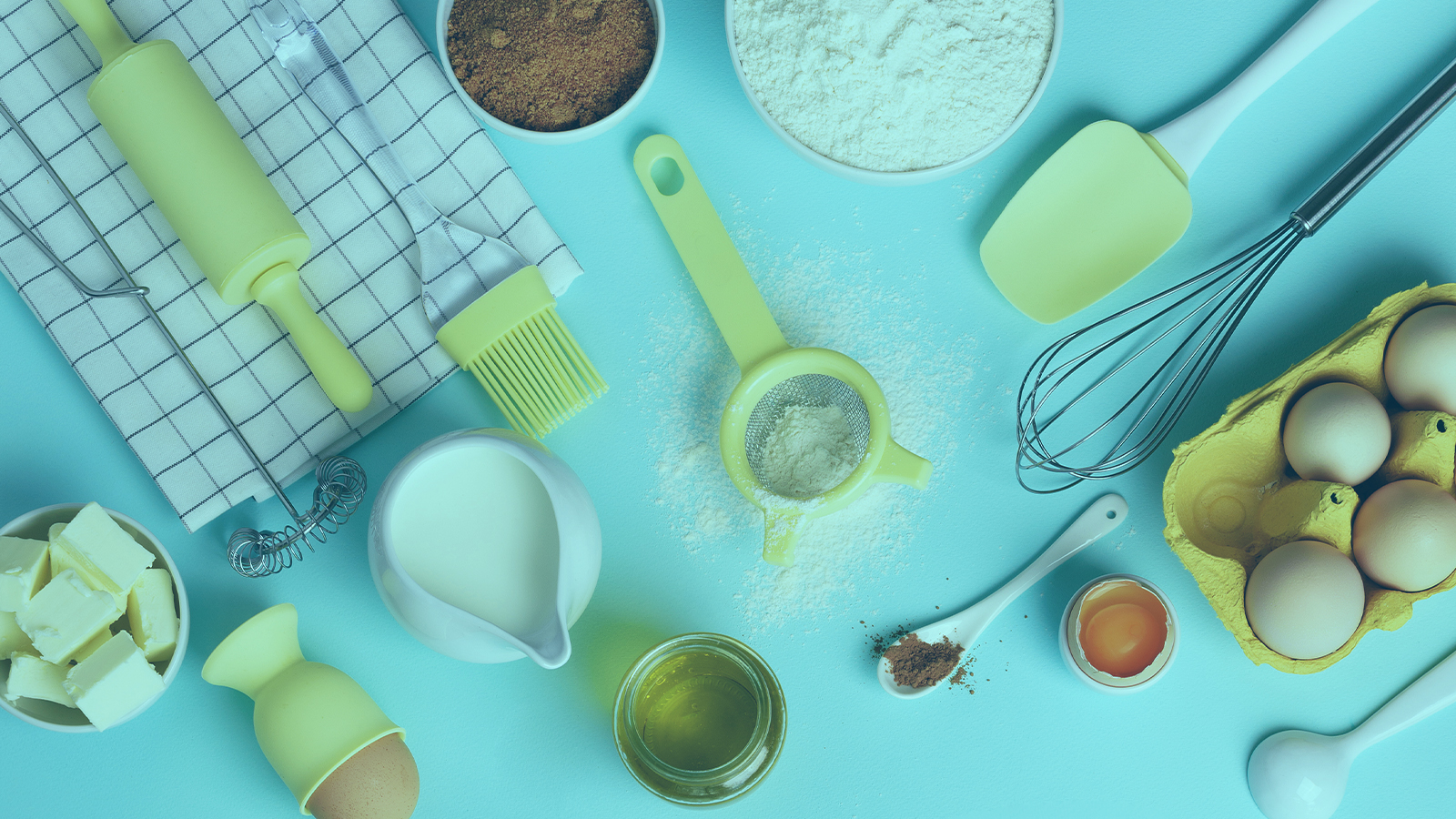Plastics engineering at Thomas began in 2012, with its first-ever plastic overmolding of a coil as part of the ELUPS coil project. This created a need for an in-house plastics engineering team equipped with its own tools for the job. The expertise developed in this process still underpins the Thomas Design Standard (TDS) and the Thomas Production Standard (TPS) to this day.
RECIPE
Here is a “recipe” for successful plastic injection molding:*
1. For your raw material, take some fine plastic granulate and pump it into the dryers through connecting hoses.
2. Inside a total of ten dryers, the granulate will take four hours at 110°C to achieve a minimum moisture content (0.015% residual moisture) that makes it ideal for being processed further.
3. The next stop after the dryer is the material distributor, which acts as the central allocation system. Controlled by ERP software and monitored by RFID transmitters, it pumps the required volume of granulate to the right injection molding machine through another connecting hose. The technique brings significant benefits in terms of cleanliness, since neither the granulate nor the production line can be contaminated by anything being transported.
4. Once inside the injection molding machine, the granulate enters a self-refilling syringe fitted with a heating coil, where the material is heated to 340°C. Liquefied into a homogeneous, dough-like mass, the plastic is then injected into the ready-prepared tool. Four overmolded coils are produced every 30 seconds.
5. Once the plastic has cooled to a demolding temperature of 150°C inside the tool, robot arms remove the finished product and place it on the online inspection contact surfaces for a final check. Copies deemed “good” (and, given a PPM rate of under 1,000, this is virtually all of them) then land in a transport tray, where they rest for 24 hours. During this time, they absorb moisture from the surrounding air until their plastic is saturated.
* This description has been heavily simplified to make it easier to understand

















